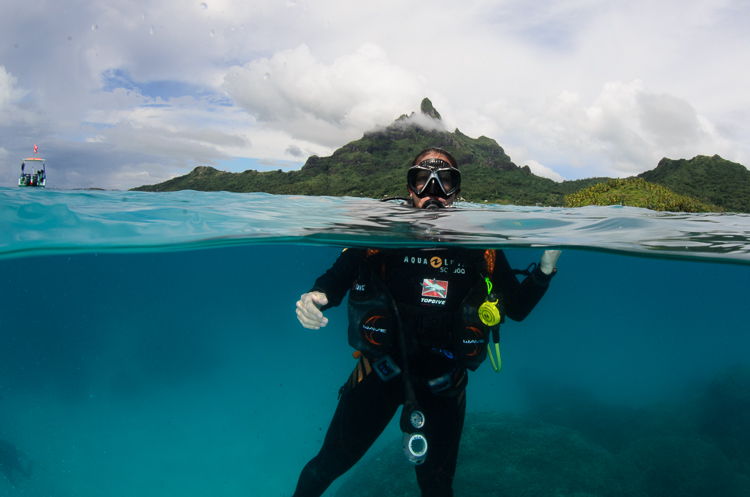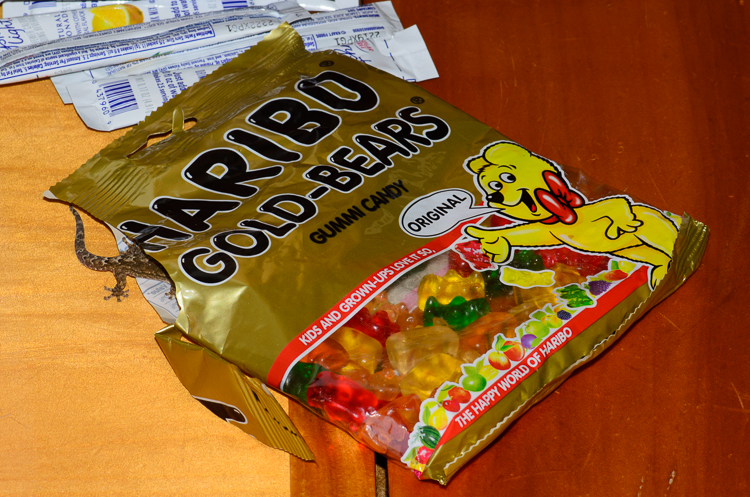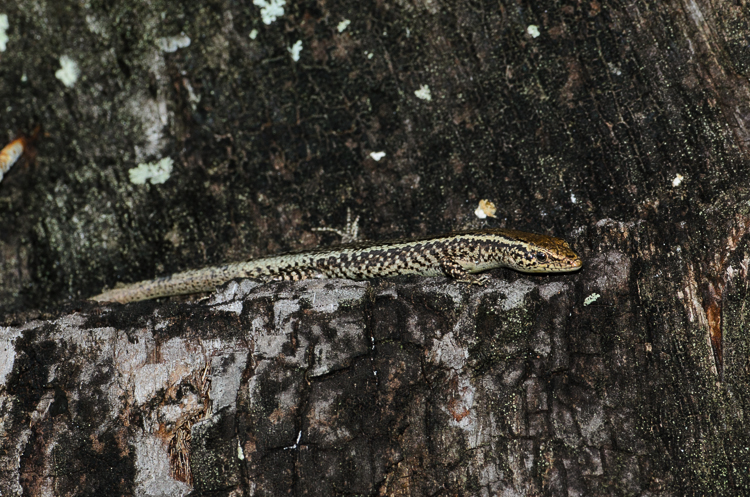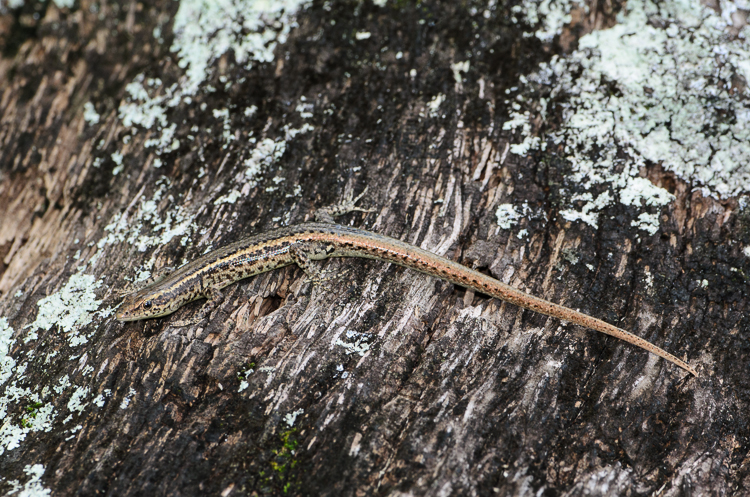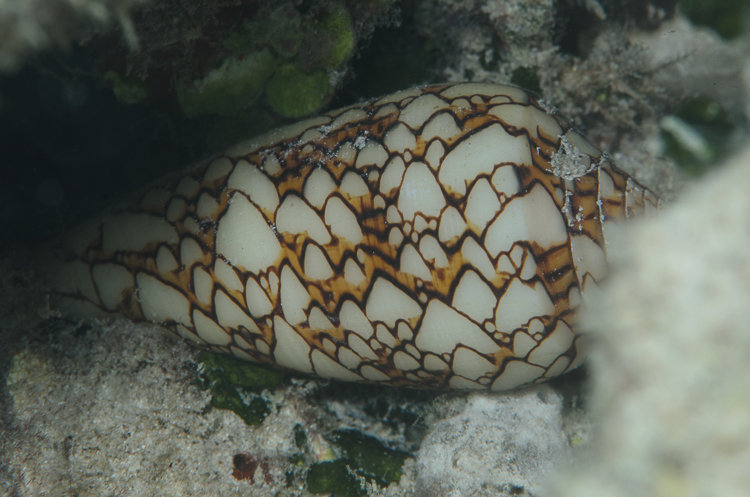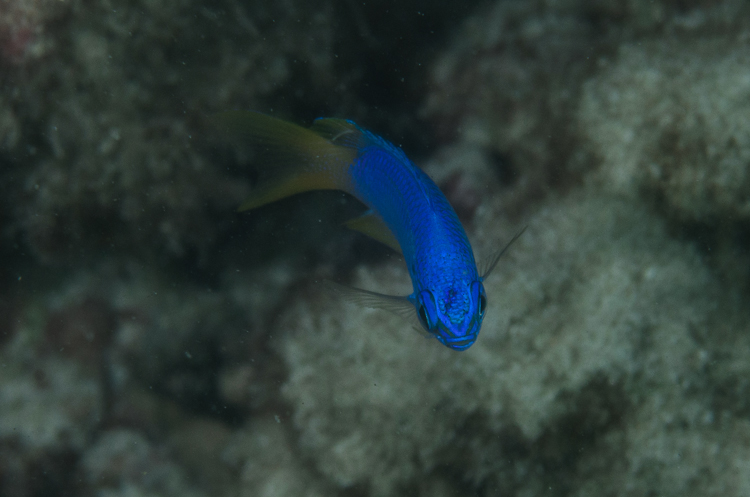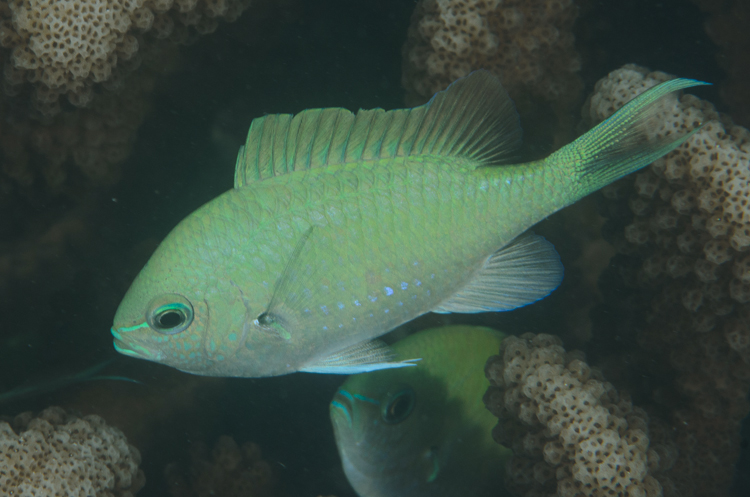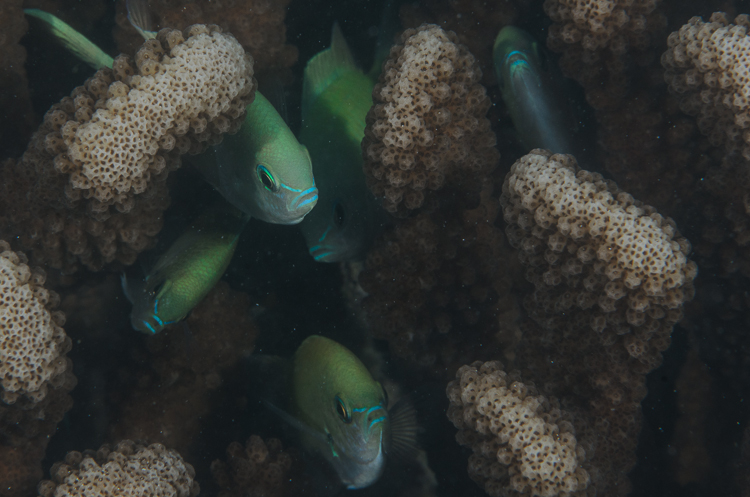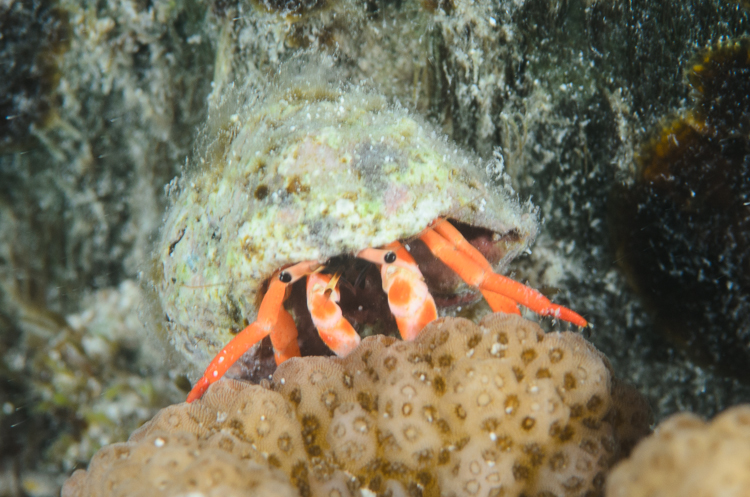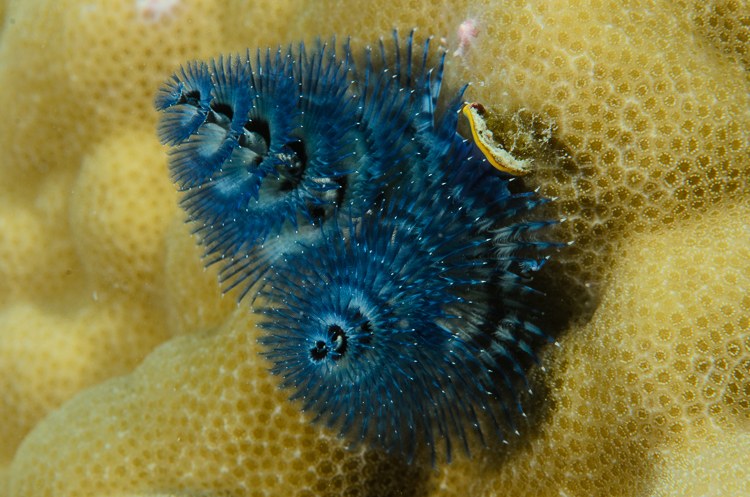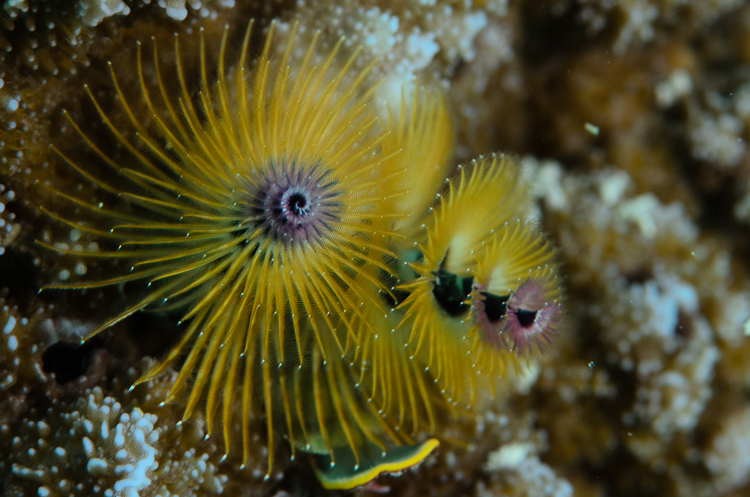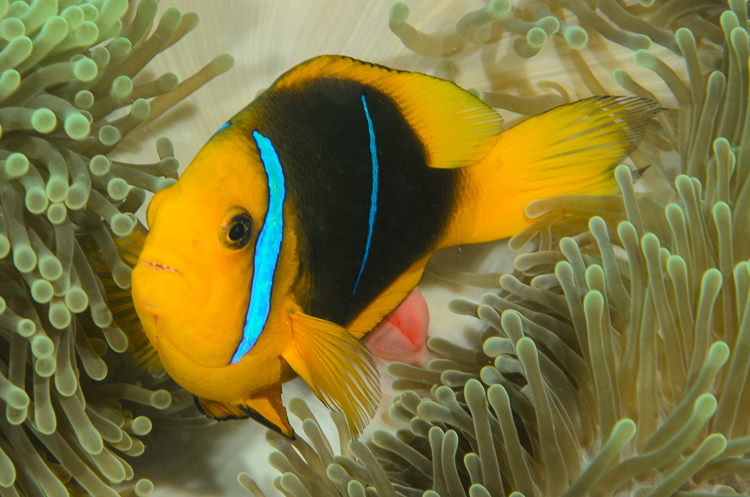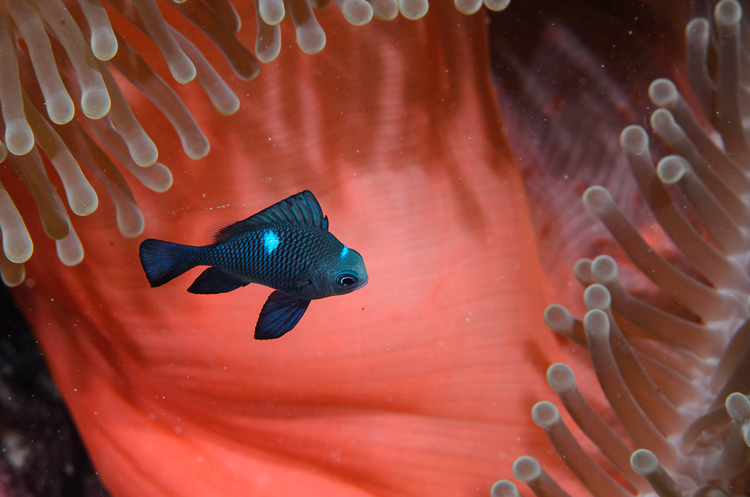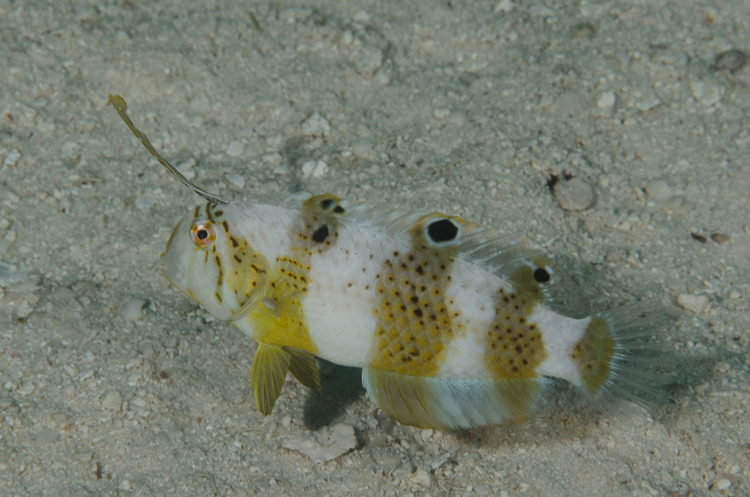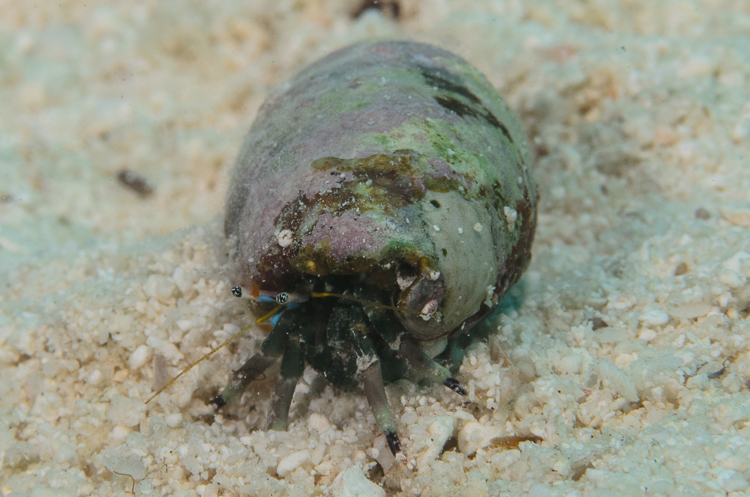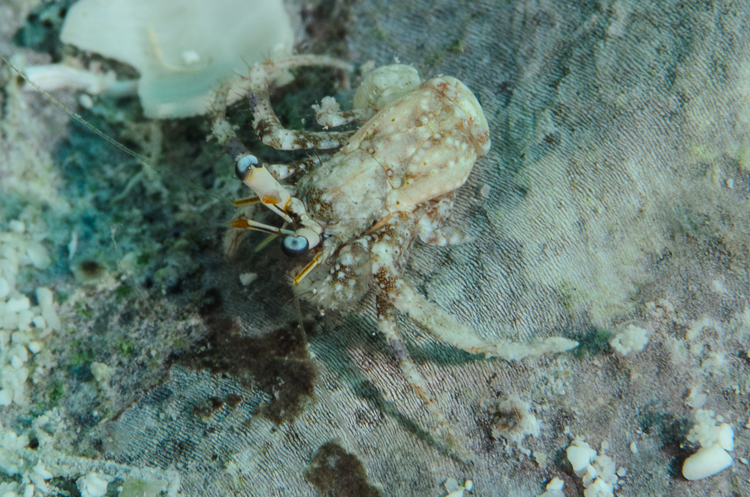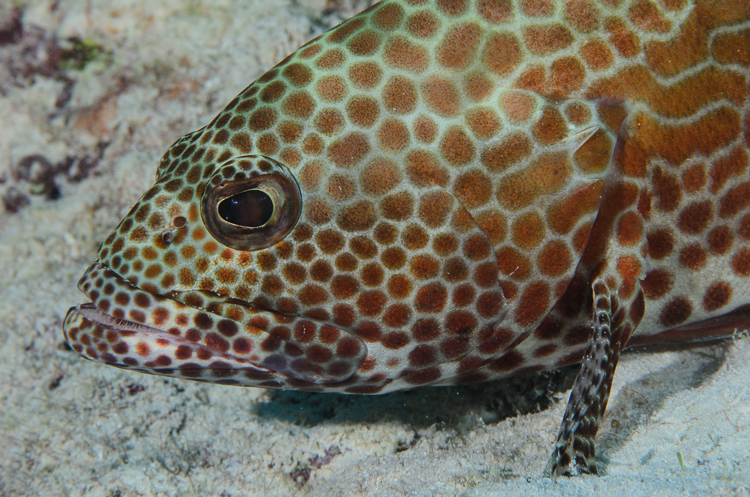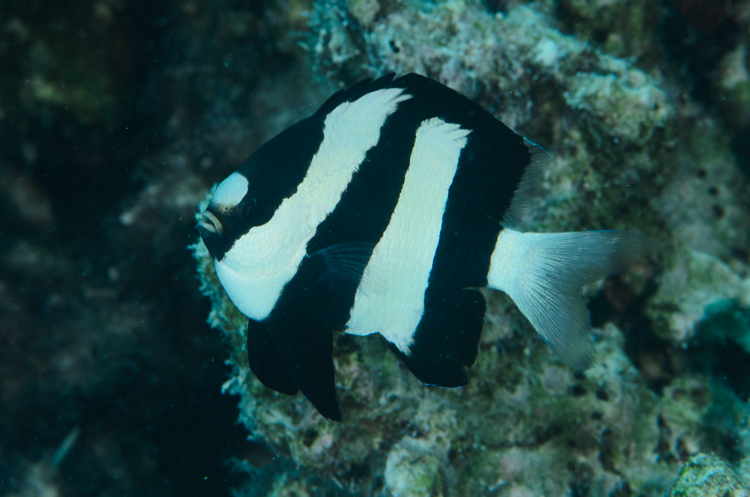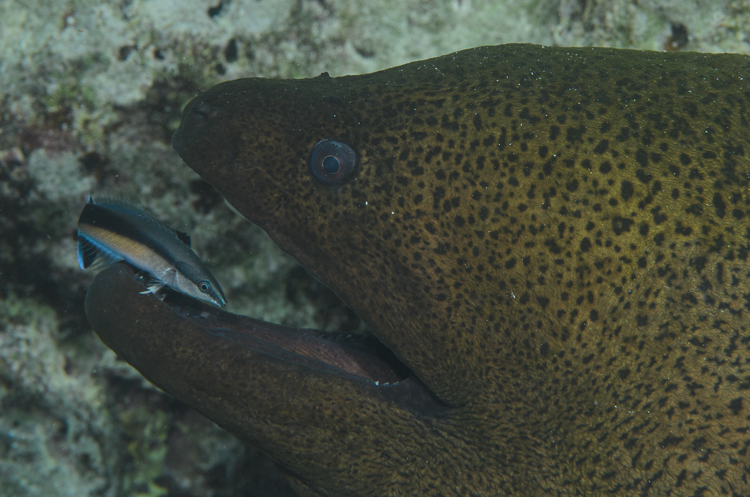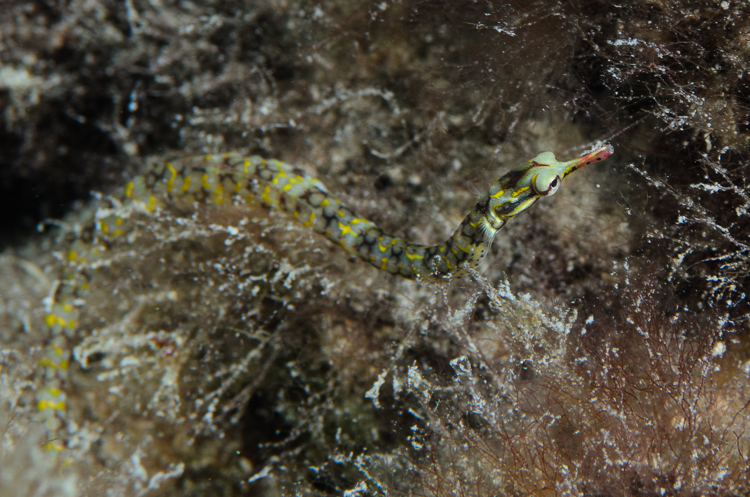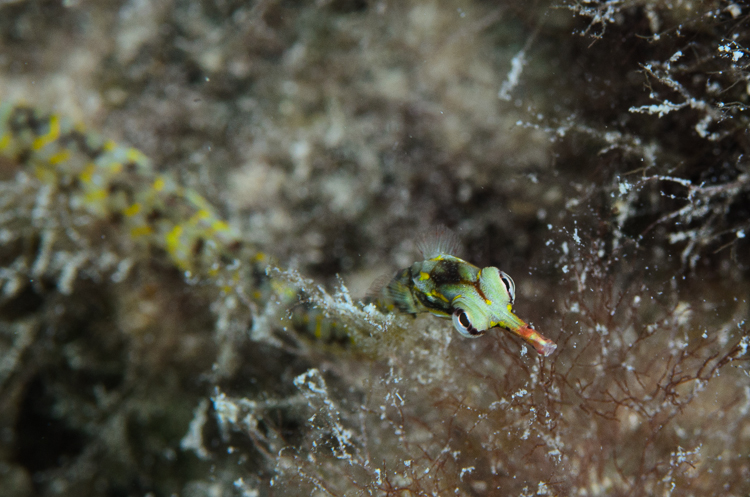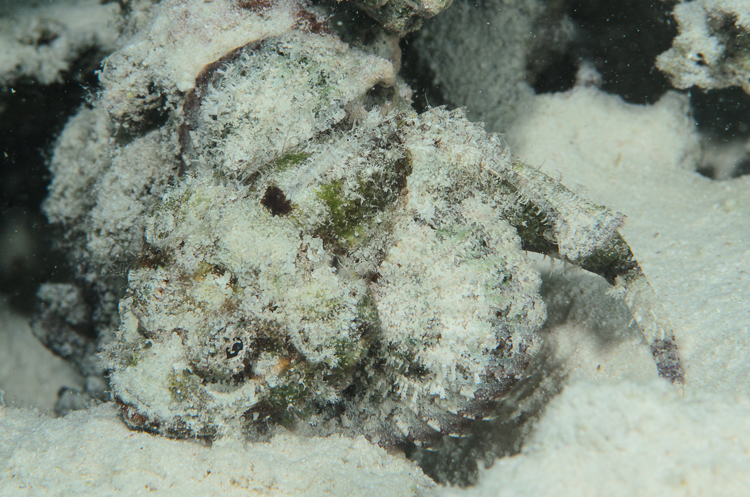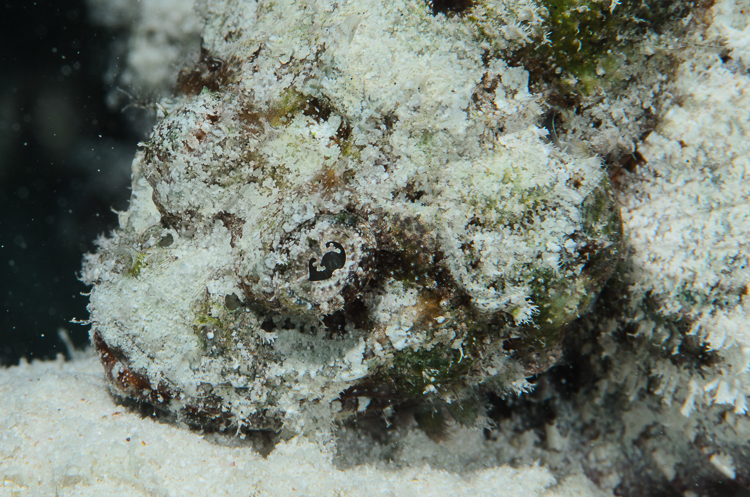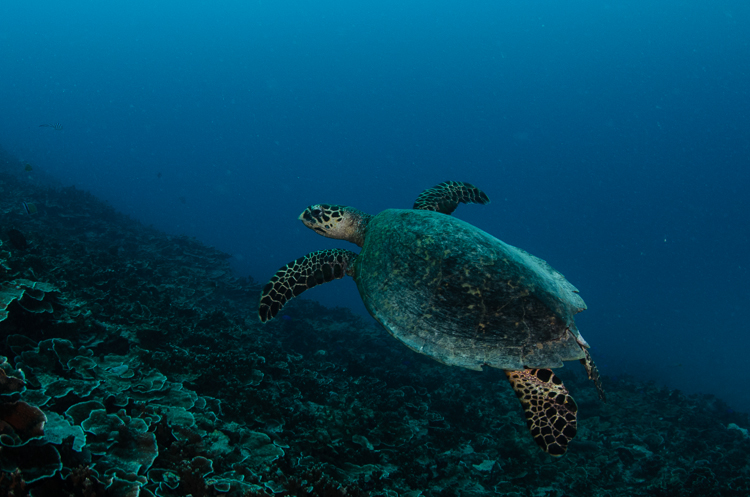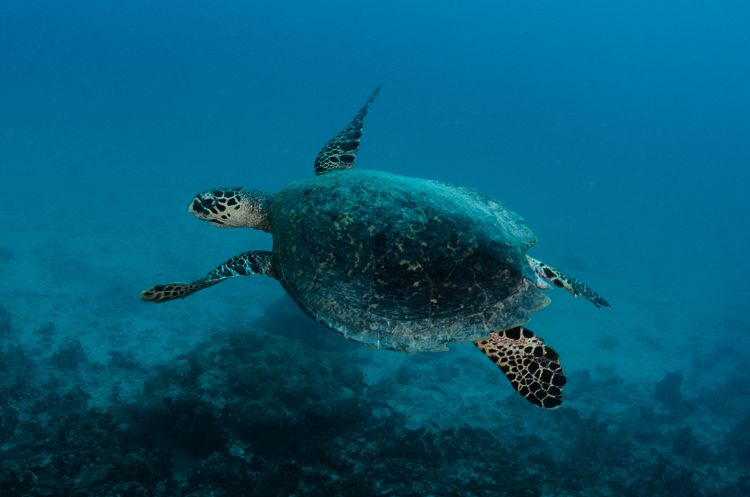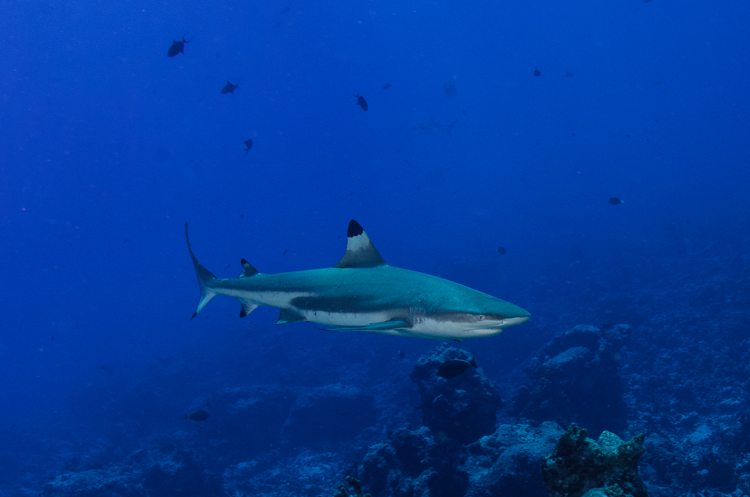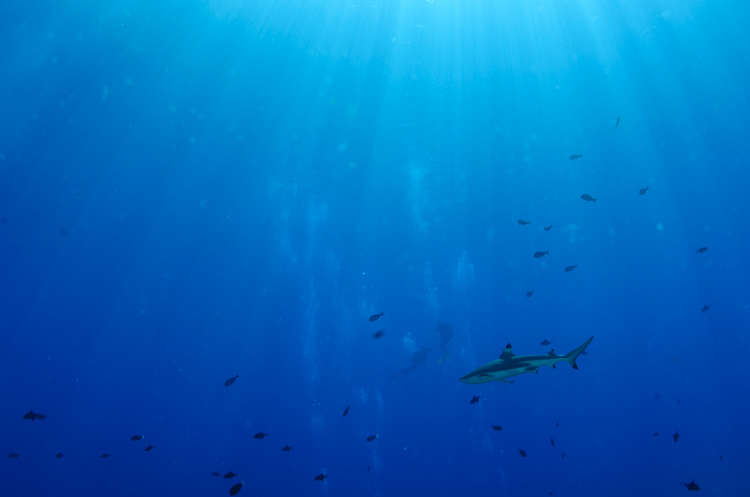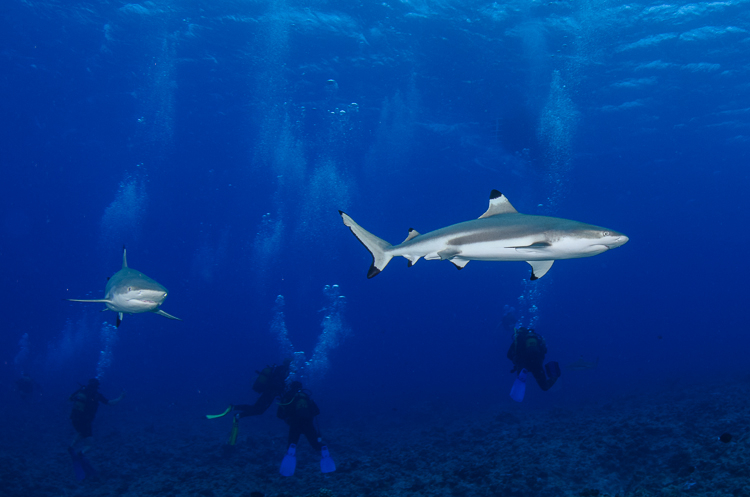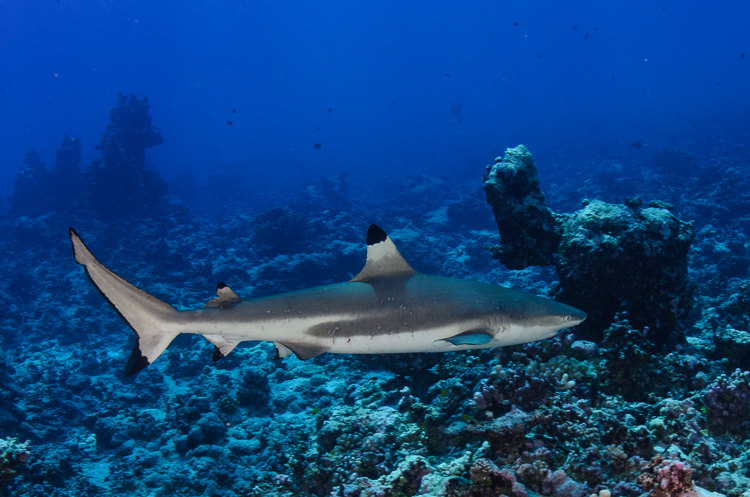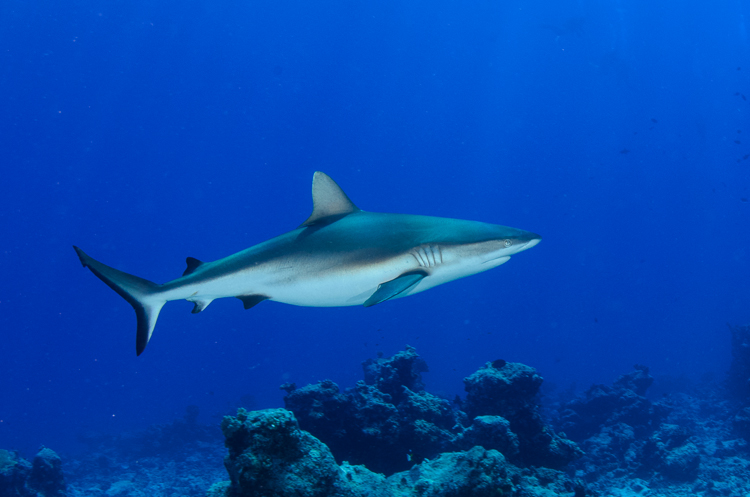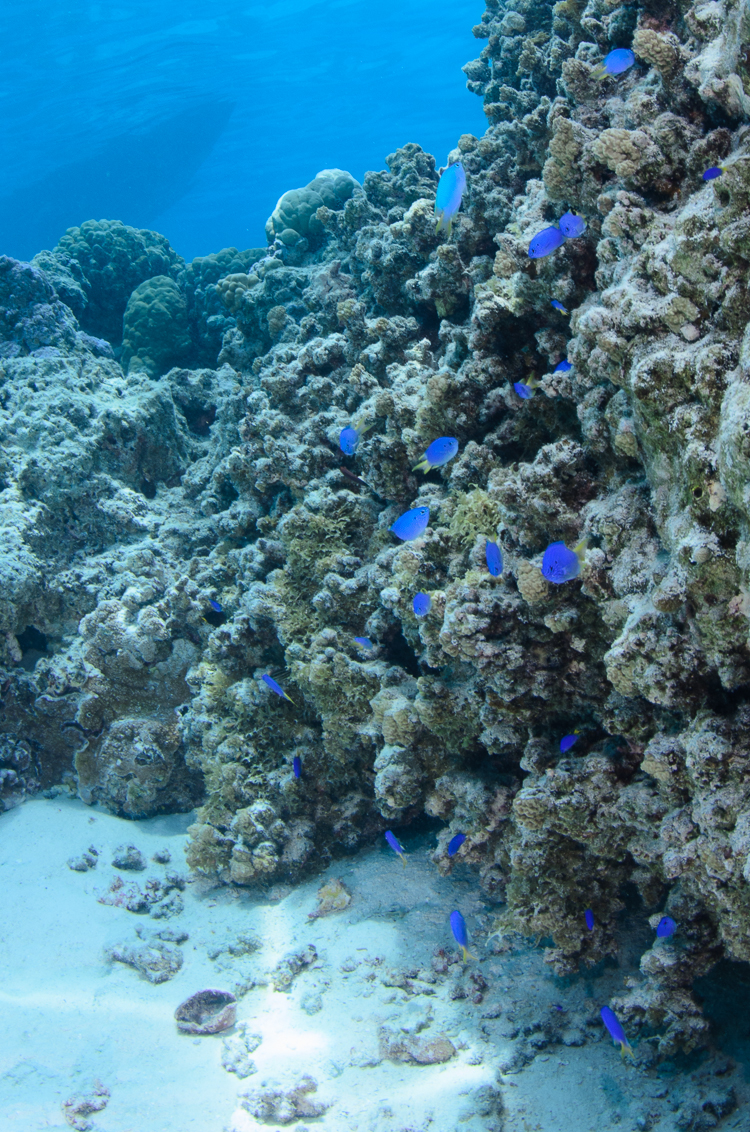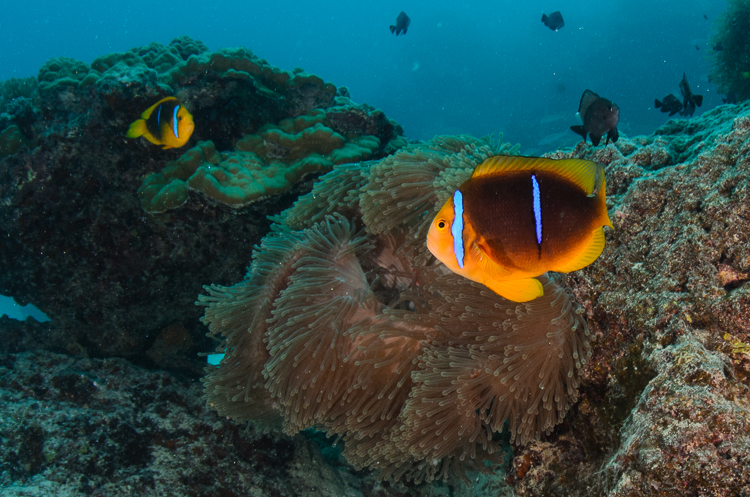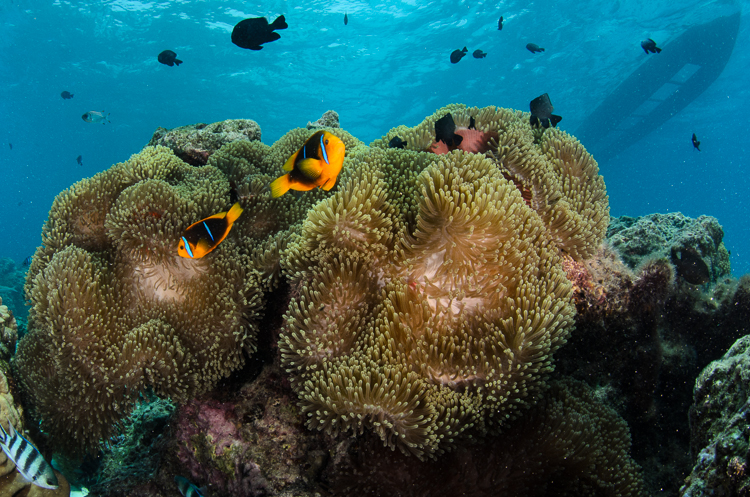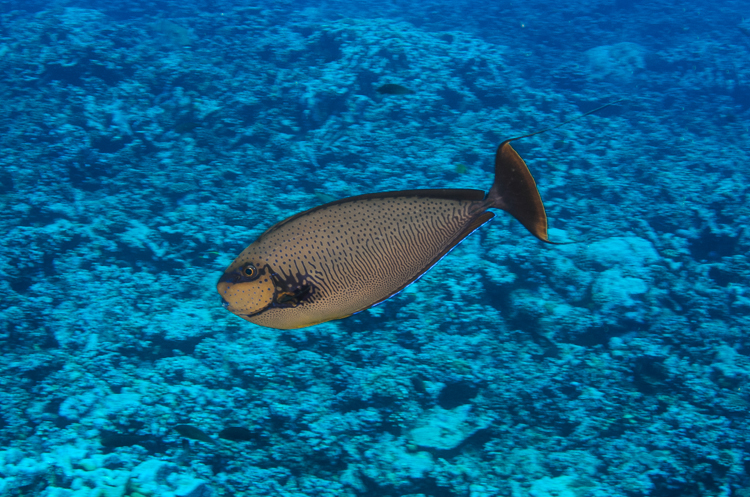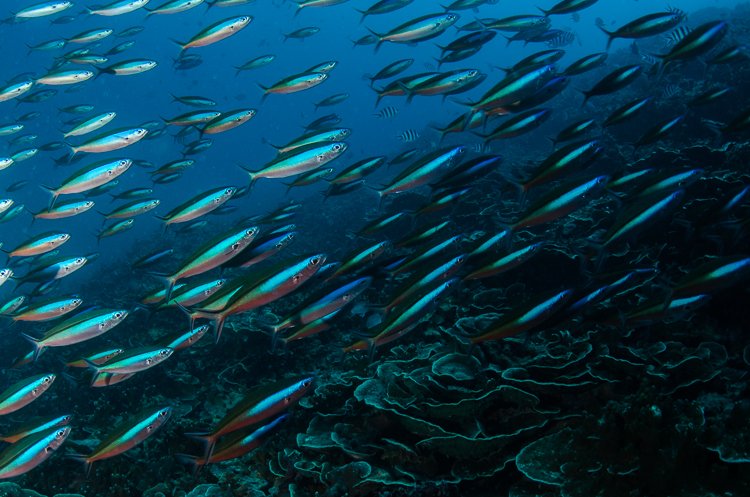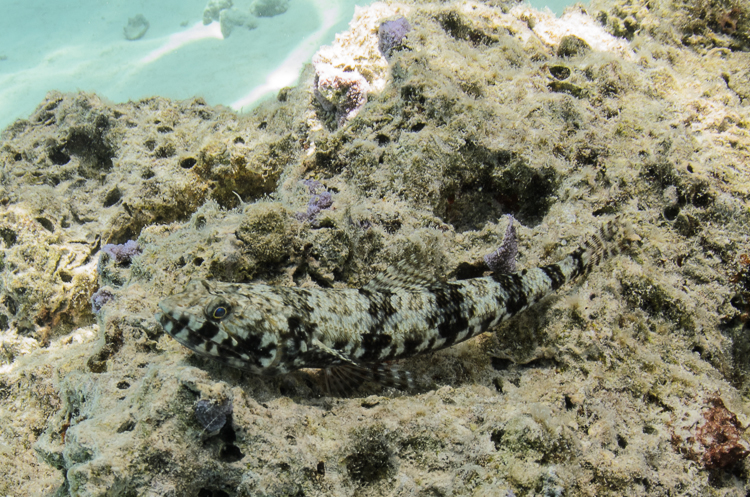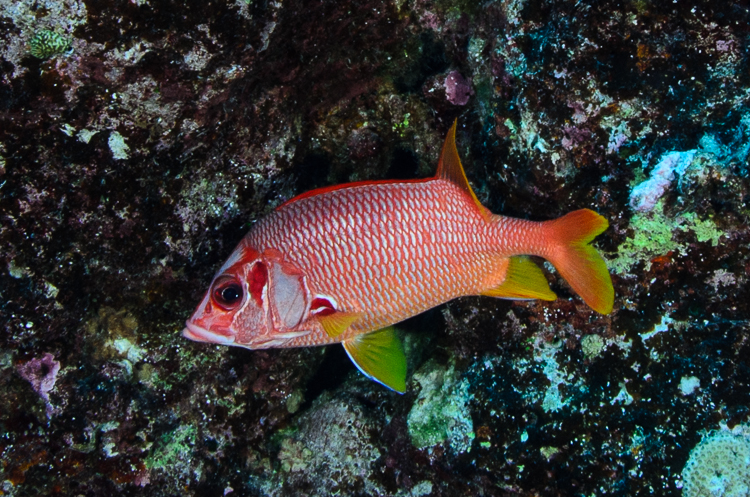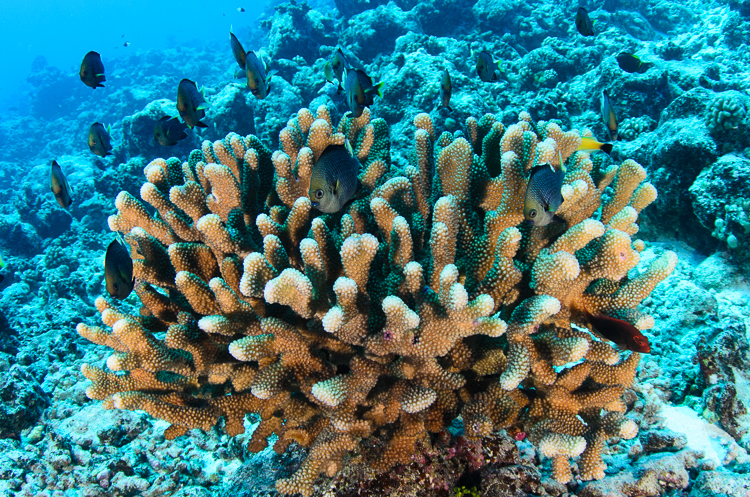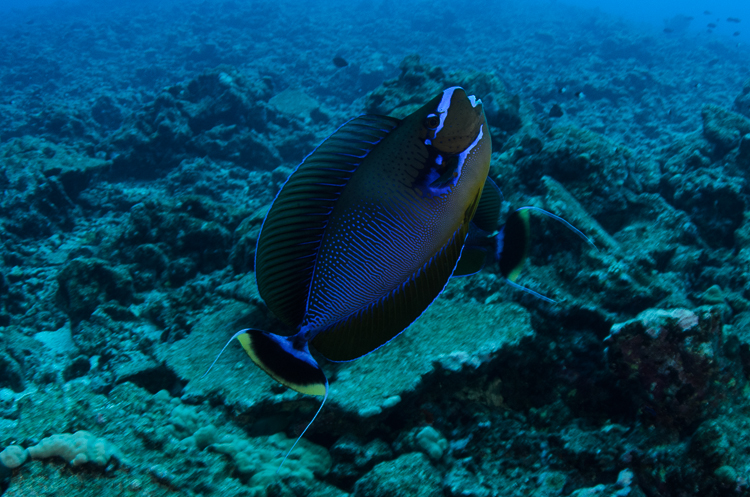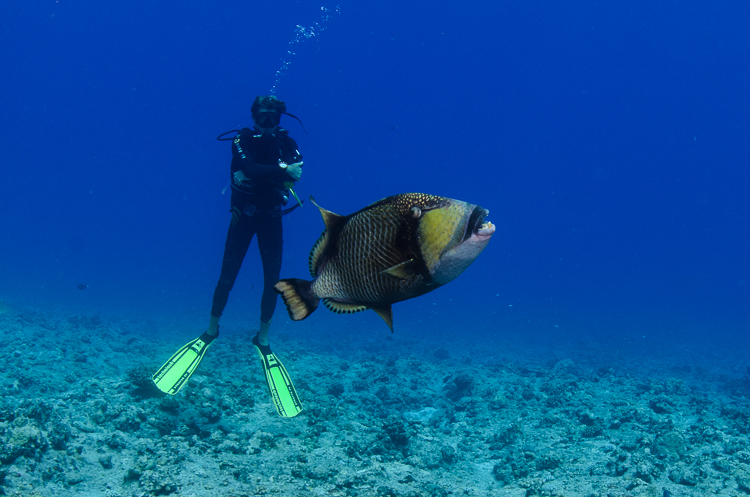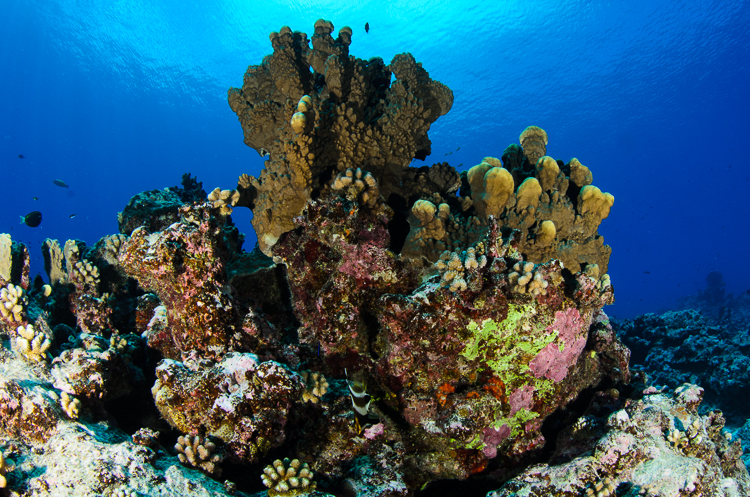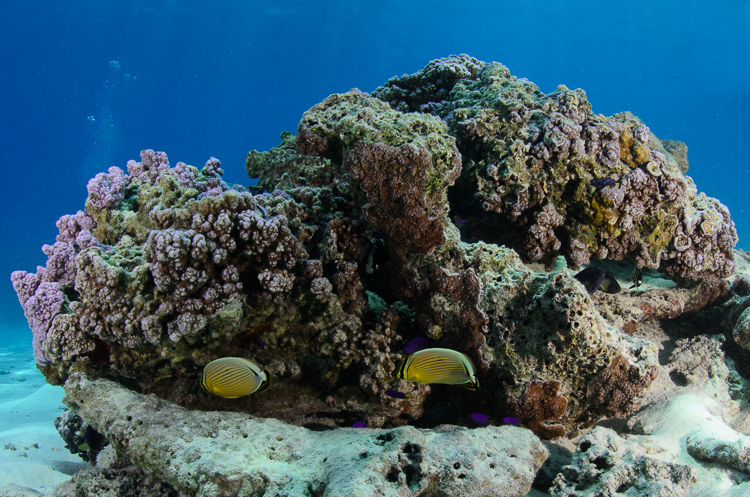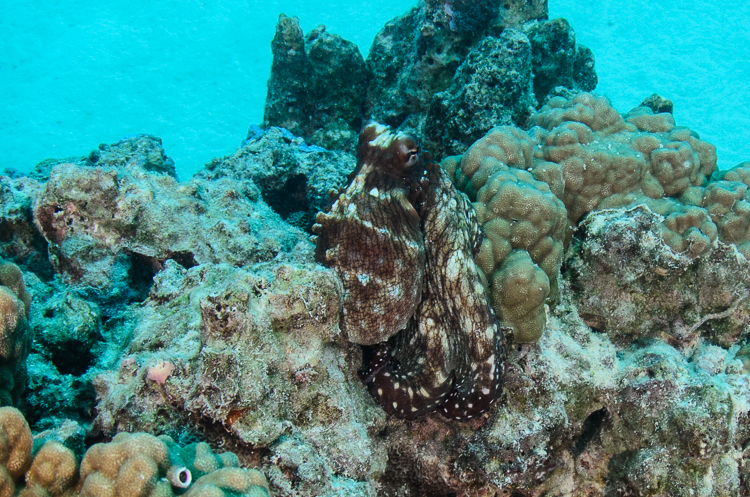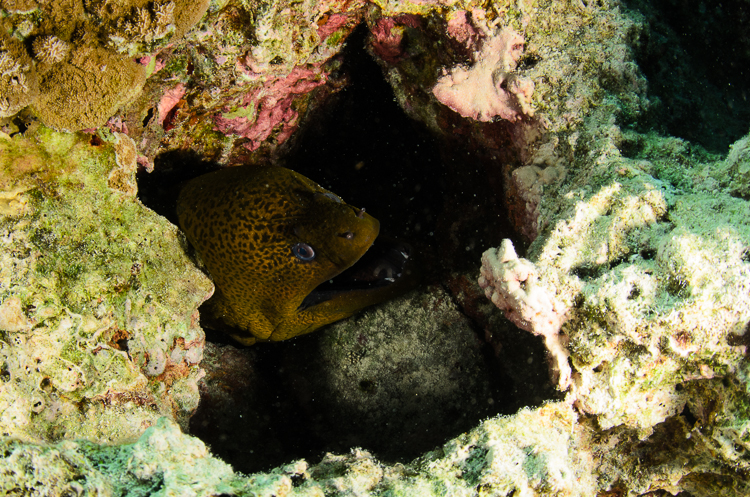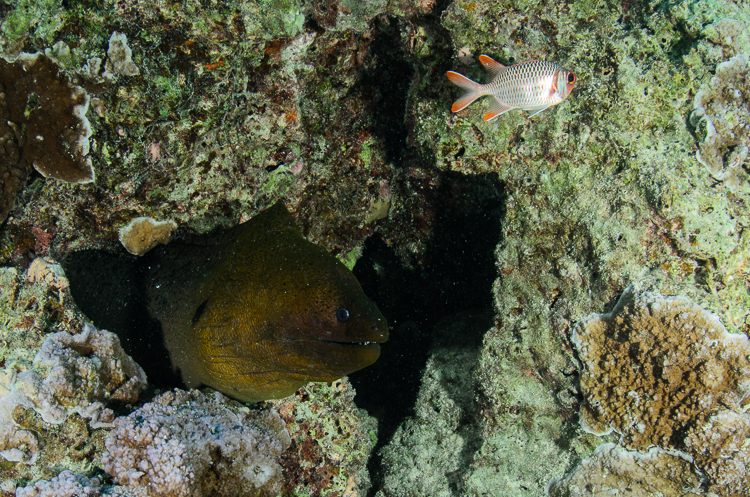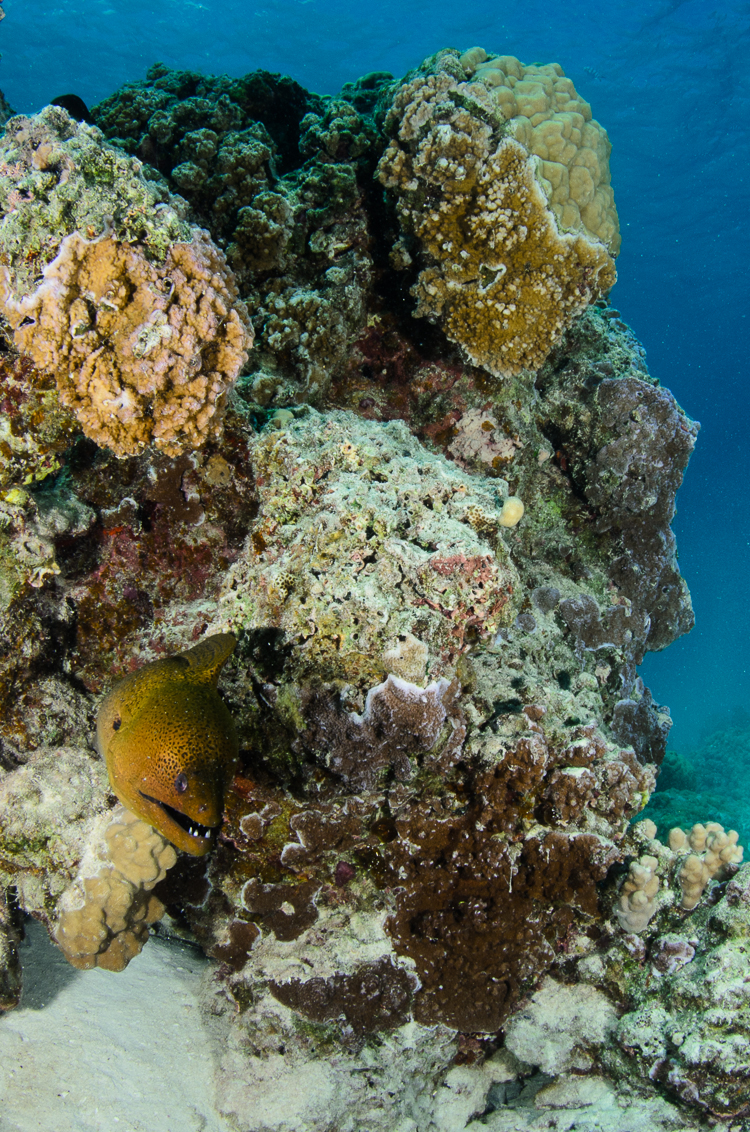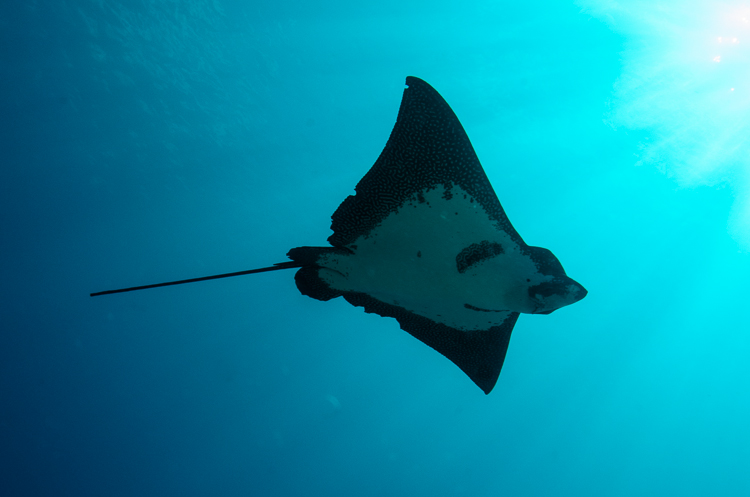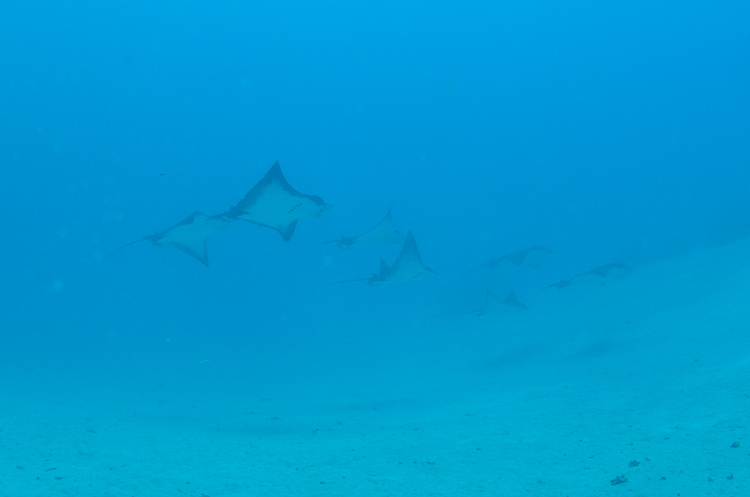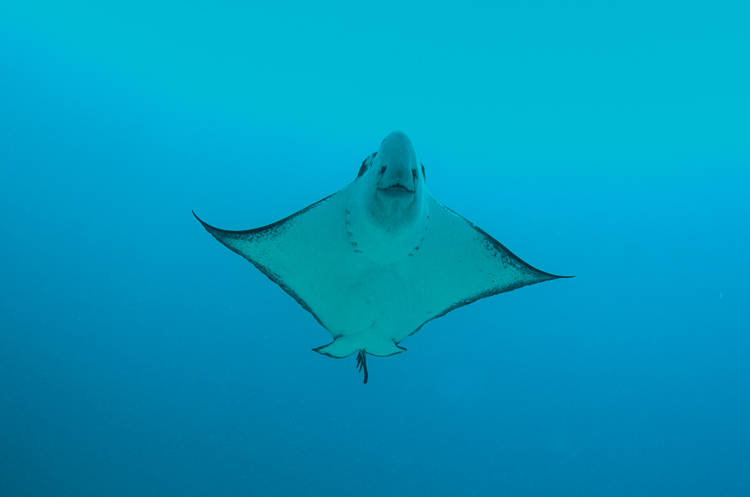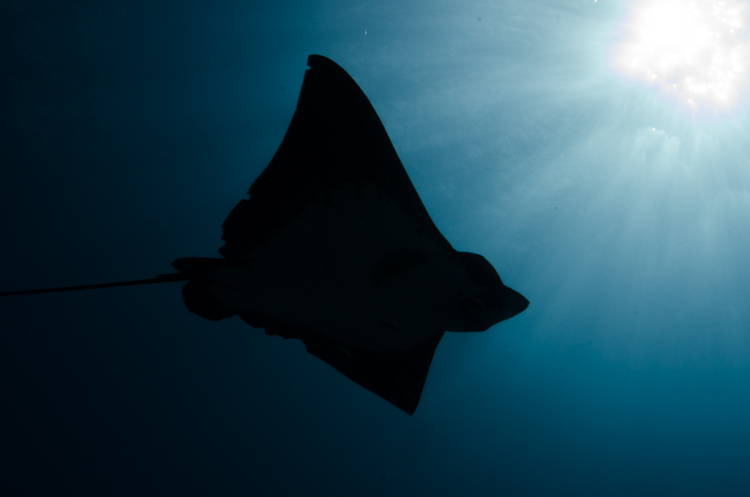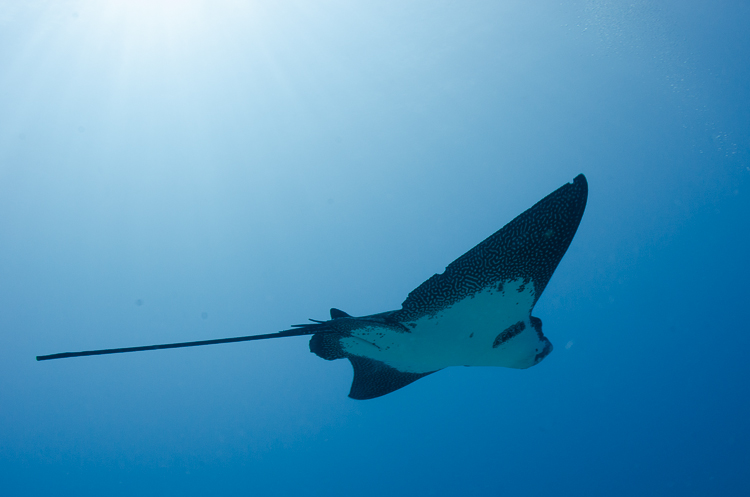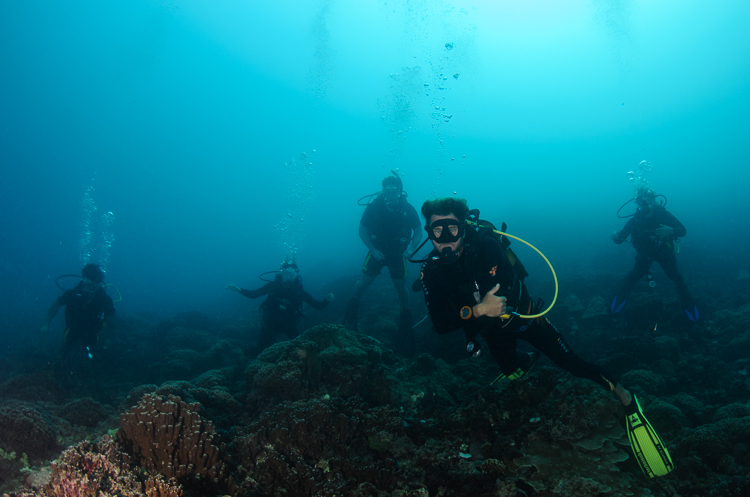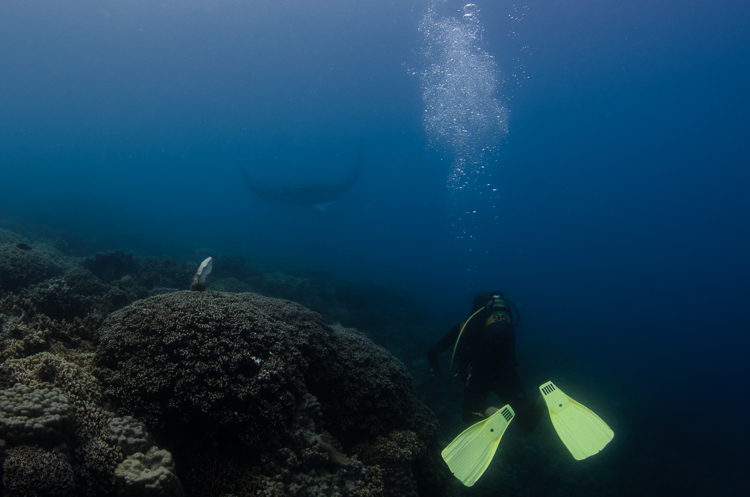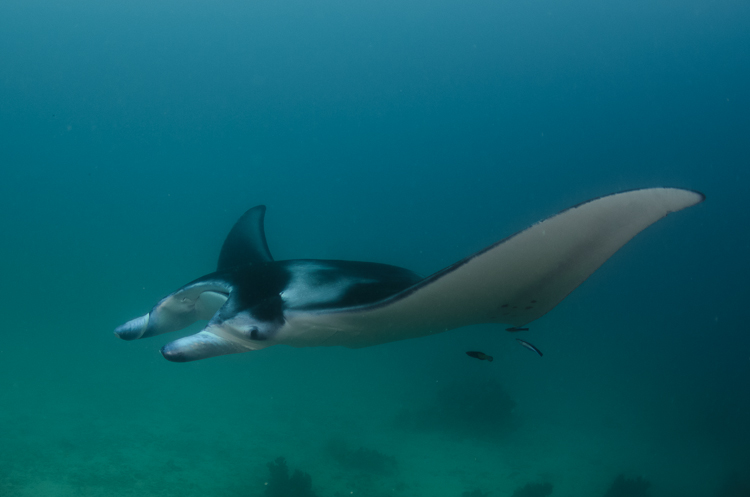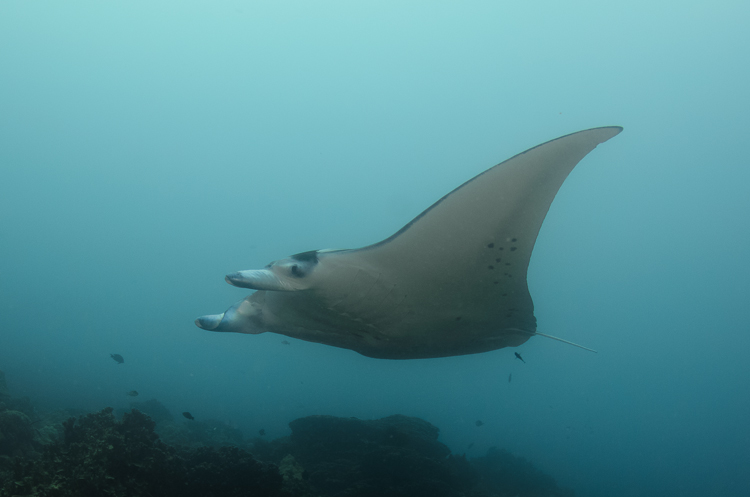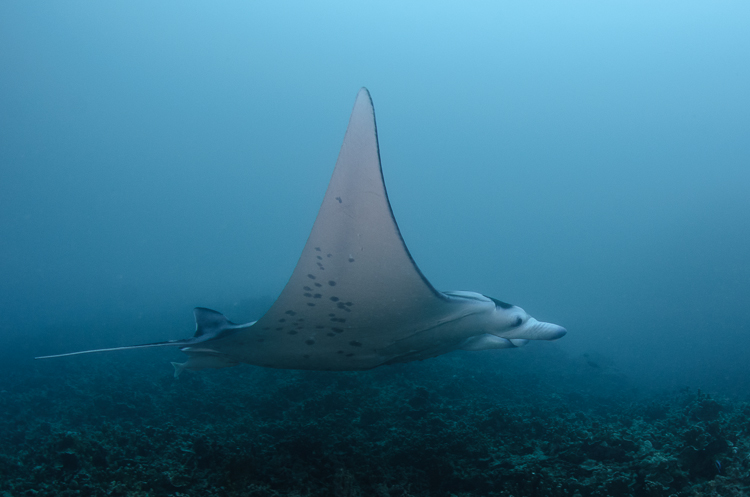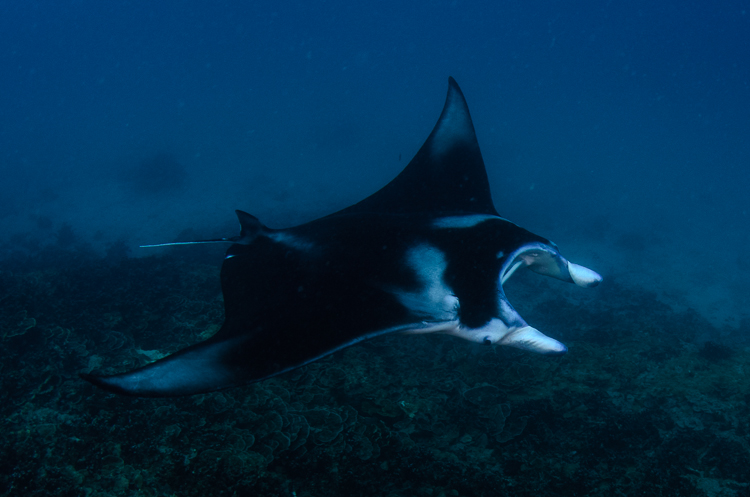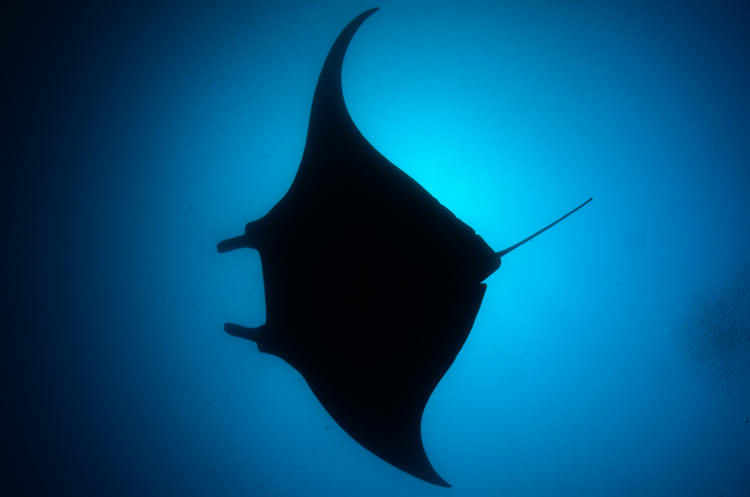Let us see how I did with my goals for 2012:
1. Wood turtles from new river systems.
I made a much stronger effort to get to some new river systems in 2012. Having my own kayak definitely helped, but I still got off to a very slow start and didn't paddle until August. I spent many hours on the water from then on though and found woods in three new rivers. Check! I also struck out numerous times this year, for more than years past. I explored the edge of their range and distributional gaps in records more than previously and view this as a part of doing business.
2. Rifle River wood turtle.
Never made it out to the Rifle this year. I planned on it a few times, but skipped it for weather. It will be on the list again this year. If anyone does hear or have recent confirmed Rifle River Michigan wood turtle sightings, I would love to hear about them.
3. Fox snakes from new counties, specifically Macomb.
Epic fail. I worked hard at finding a Macomb Co fox snake. I hiked through patches of the remaining habitat on wonderful days in April, May, June, July and August and struck out. I have found another area close by I want to check out this year and hopefully this luck will turn.
4. SE Michigan Spotted turtle
Epic success! I found Clemmys in 2 new SE Michigan counties last year. It was a banner year for them. I never saw great numbers, but was able to find one or two at a bunch of new locations for myself. This will continue to be a huge area of focus for 2013.
5. MI spotted salamander.
Embarrassingly, I failed yet again. Hoping to turn this around in 2013...
6. MI newt.
Still no newts.
7. Lay more tin. More tin.
While not nearly enough, I did put some more boards out in a possible massassauga field close to home.
8. MI Box turtle.
A lone DOR boxie along a SW section of highway sadly cleared this goal for me. Now to turn up a live one.
9. Herp the UP (a western fox, wood turtle, or mink frog would make this even more sweet.)
I got as far north as Mackinac Island, which I guess technically falls into Mackinac County, part of the UP. For my purposes, I am not counting this though.
10. Record a respectable 150+ records for 2012.
and the final goal... I logged 193 records in 2012, coming oh so close to breaking the 200 record mark! This was huge for me. I discuss total numbers a few years back in this post about the 2010 field season, and set my 2011 goal at 200. I herped real hard that year and only logged 145, so I had lowered my standards to a reachable 150. Looks like that 200 mark is reachable after all.
Which brings us to 2013... I am going to try and limit a few goals in an effort to not spread myself thin. I am also hoping to spend some time out of state during prime time - May and June. Taking this into account my goals are (in no particular order):
1. Rifle River Woody
2. Macomb County foxy
3. Michigan spotted salamander
4. New wood turtle rivers
5. Log 175 herps for 2012
So many others missing the list, but I am trying to focus here. Honorable mentions include green snakes, hoggies, box turtles, the UP, Belle Isle etc. So much to do, so little time.
A quick look at my Michigan 2012 map.
And my total Michigan map - 644 records so far. Still lots of ground to cover out there.
What are your goals for 2013?
Happy Herping!
BH



